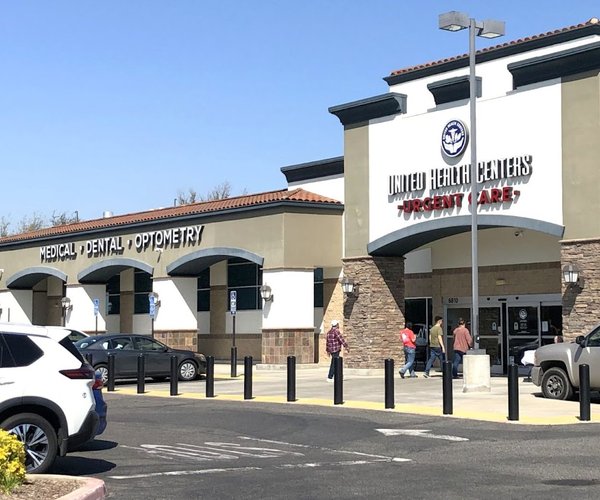The City Council approved a contract with We Care Program of Turlock to operate a day center for homeless individuals starting June 1.
This project came about because the City found that most of Turlock’s homeless services operated during evening and night hours, leaving unsheltered persons no place to go during the daytime. The City reached out to We Care and United Samaritans to determine if there was potential for We Care to operate a day use navigation center in the existing United Samaritans building at 275 S. Broadway as part of a six-month pilot program.
“The pilot program that is being initiated and talked about tonight fits in well with our mission statement of having a day center resource. We made that mission statement 20 years ago so…we appreciate the opportunity the Council is offering us,” said We Care Director Maris Sturtevant.
Currently, We Care Program of Turlock operates a 49-bed men’s emergency shelter; five units of supportive housing; rapid rehousing assistance for families for six months to 24 months; a homeless prevention program; and six units of affordable housing.
The day center will operate 7:30 a.m. to 3 p.m. Monday through Friday. We Care will lease the building from United Samaritans and will operate the day center. The day center will be open to any adult seeking shelter during the day time hours, but will not allow animals. Supportive case management services, housing navigation services and rapid rehousing services will also be offered at the day center.
We Care will be responsible for hiring on-site security. We Care will also provide street outreach services which can help let people know the day center is available.
Sturtevant explained that the day center would be closing at 3 p.m. because We Care needed to clean the area and prepare for evening meals served at the shelter. A new kitchen/dining area is being built and when finished, the day center could potentially stay open longer.
Not all were in support of the day center program, specifically with its potential impact on the downtown area.
“We Care would be paid to reach out to the homeless throughout our community to induce them to come to the day center. However, the day center will close at 3 p.m. and all those individuals who have nowhere to go until at least 7 p.m. And we know that many will refuse to stay at We Care and since we cannot enforce our ordinances, logically there would be increase in camping around downtown for the next year. The day center would not be open on weekends, leaving the homeless who were induced to come to the downtown area to wonder around during some of the busiest times for the businesses. This proposal it seems would bring more homeless to the downtown area without having a place for them to go at night. Since the transitional housing facility is not available, the (camping) ordinances cannot be enforced, which will only increase the amount of homeless in the downtown area during late afternoons, early evenings and all weekend long for the next year,” said Turlock resident Ron Bridegroom.
Bridegroom’s remarks prompted a community response.
“I just don’t understand this resentment for doing something for someone who needs help. Wasn’t that the whole point of this person who was here 2,000 years ago?...Why are we so fearful of helping someone who needs help?” said Turlock resident Milt Trieweiler.
Council member Cassandra Abram said she saw a need for this type of program in Turlock.
“There’s been a lot of hand-wringing and opining about the Boise decision. It’s very hard for us as a city to have all the pieces in place to address all the needs that we have in our community. But this is a start. This is a place for people to go in the day,” said Abram.
Abram was referencing a 9th Circuit Court ruling that “as long as there is no option of sleeping indoors, the government cannot criminalize indigent, homeless people for sleeping outdoors, on public property, on the false premise they had a choice in the matter.”
The Council voted to approve the contract 4-1, with Mayor Amy Bublak opposing. The cost of the pilot program is projected to be $178,220, which will be paid out of a successor agency Housing account.









